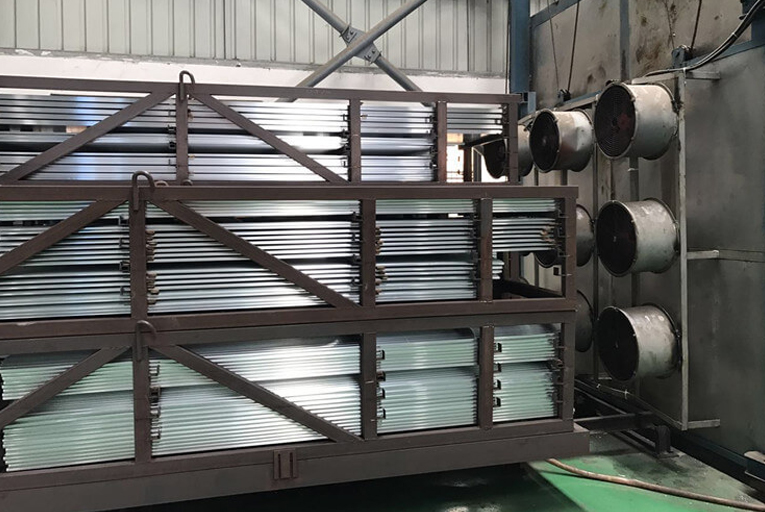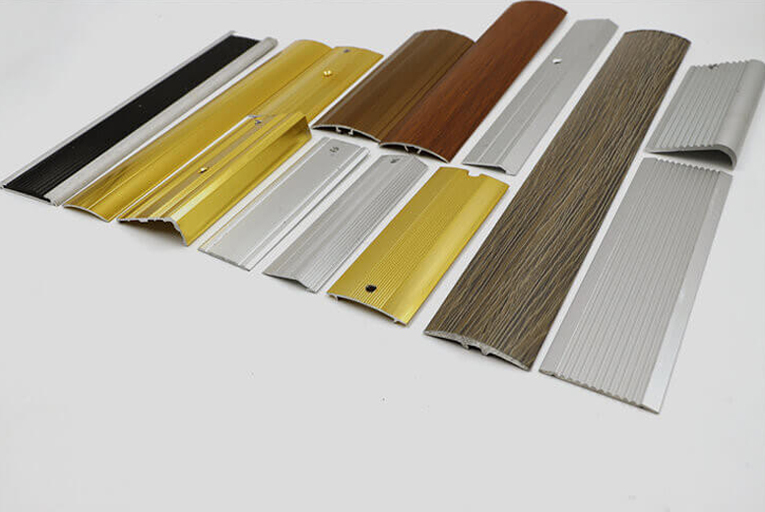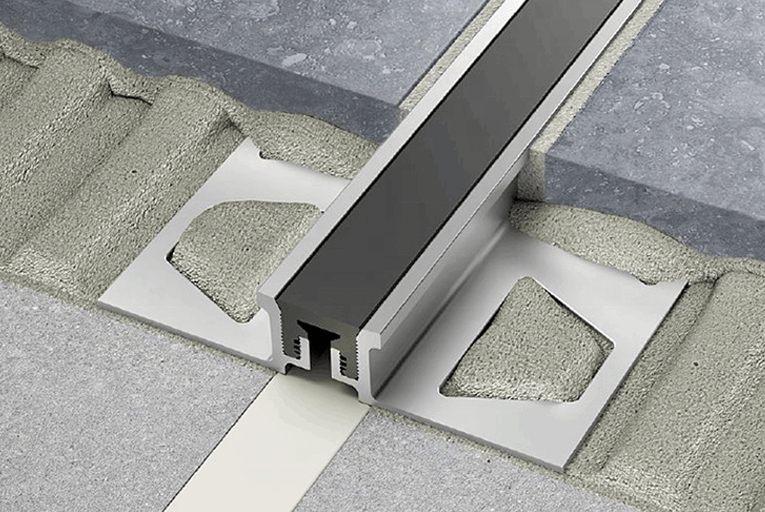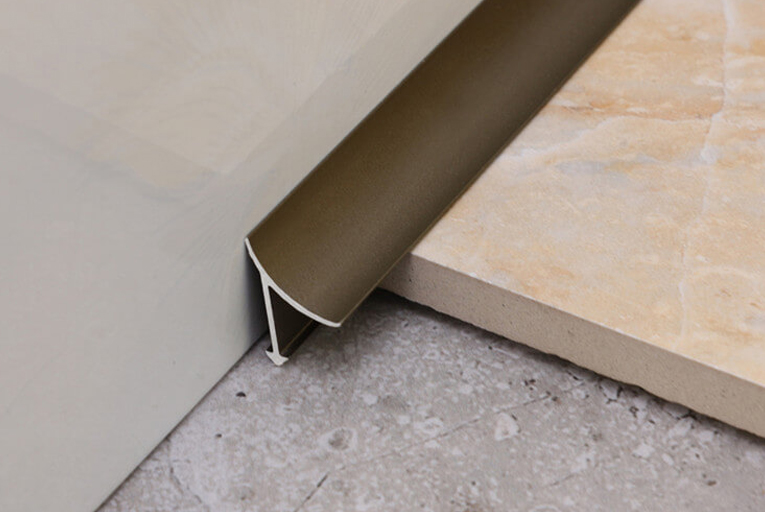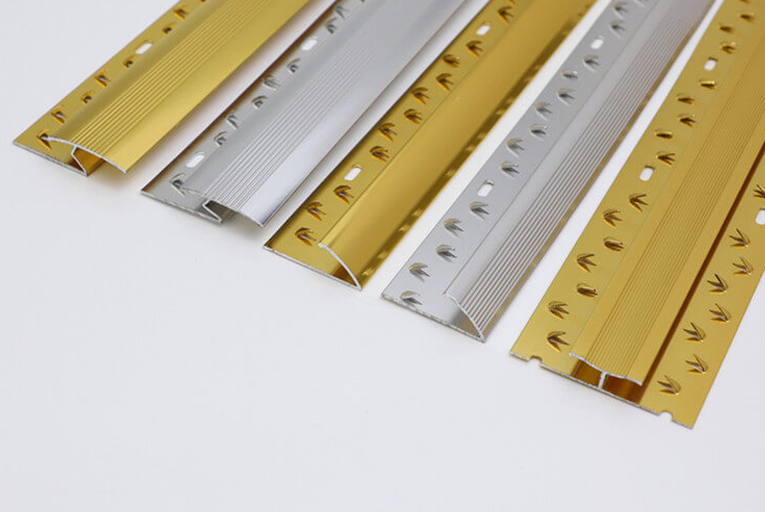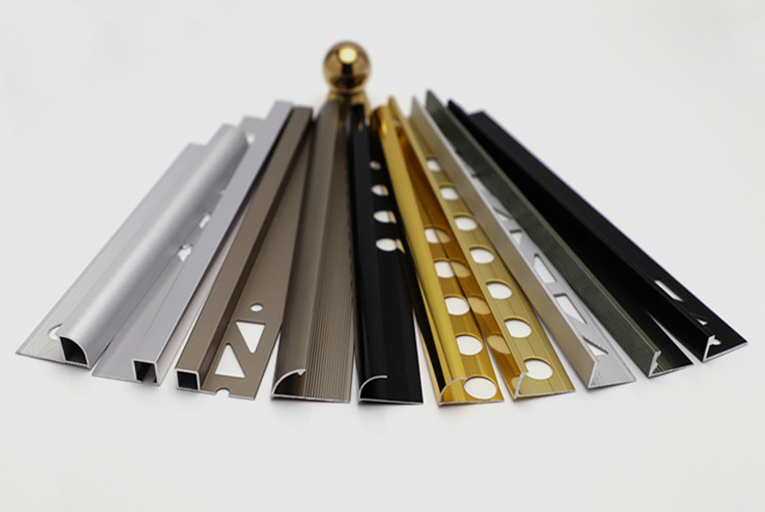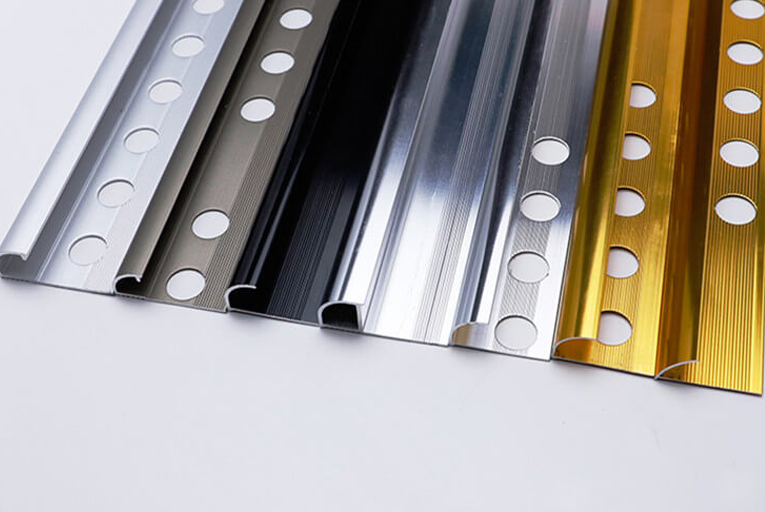Sharp Corners, Smooth Edges- How Inside Corner Tile Trim Works
In the world of home improvement, achieving a polished and professional-looking finish often comes down to the details. One crucial detail that can make all the difference is the transition between tiles in inside corners, where the sharp edges of the tile meet and create an unsightly gap. Inside corner tile trim offers an elegant and functional solution to this problem, providing a seamless and cohesive look.
The Function of Inside Corner Tile Trim
The primary purpose of inside corner tile trim is to conceal the exposed edges of tiles, preventing them from chipping, cracking, or becoming damaged over time. It also serves to protect the grout from moisture and dirt, enhancing its longevity and reducing the risk of discoloration or staining.
The Material Makeup of Inside Corner Tile Trim
Inside corner tile trim is typically made from materials that are durable and resistant to moisture, such as:
– Aluminum: Aluminum trim is lightweight, rust-resistant, and available in various finishes to match the aesthetics of the tile.
– Vinyl: Vinyl trim is flexible, waterproof, and comes in a wide range of colors and patterns, making it suitable for various applications.
– PVC: PVC trim is similar to vinyl but is more rigid and impact-resistant, offering increased durability.
– Marble: Marble trim is a classic and luxurious choice that adds sophistication to any tile installation.
Installation Process for Inside Corner Tile Trim
Installing inside corner tile trim involves several key steps:
– Prepare the Surface: Clean the surface where the trim will be installed and ensure it is level and smooth.
– Apply Adhesive: Apply a thin layer of adhesive to the back of the trim using a notched trowel.
– Place the Trim: Carefully position the trim in the corner and press it firmly into place, ensuring the adhesive spreads evenly.
– Smooth the Trim: Use a damp sponge or cloth to smooth out any excess adhesive and create a clean and flush finish.
– Grout the Trim: Once the adhesive has set, grout the trim to seal it and blend it seamlessly with the tile.
Architectural Considerations for Inside Corner Tile Trim
When choosing inside corner tile trim, several architectural considerations should be taken into account:
– Tile Thickness: The thickness of the trim should match the thickness of the tile to ensure a flush finish.
– Grout Color: The color of the grout should complement the trim and tile to create a cohesive look.
– Style: The style of the trim should harmonize with the overall design aesthetic of the space.
– Maintenance: The material and finish of the trim should be easy to clean and maintain to preserve its appearance over time.
By understanding the benefits, materials, installation process, and architectural considerations of inside corner tile trim, homeowners and contractors can achieve a polished and professional-looking finish in any tiled space.
-
The Different Uses of Tile Outside Corner Edging Trim and Inside Corner Edging Trim
2022-02-09 -
The Most Popular 5 Different Materials of Tile Trim Line
2022-02-09 -
What is Carpet Cover Trim?
2022-02-09 -
The 6 Hottest Tile Trim Solutions for 2021
2022-02-09 -
How to Install Tile Trims Line?
2022-02-09 -
Difference Between Sandblasting and Anodizing Surface Treatment of Aluminum Tile Trim
2022-02-09
